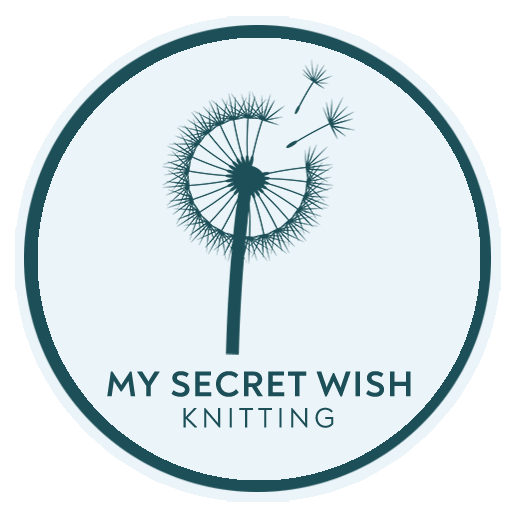
How to Knit
Learn to knit in Continental or American style.
Welcome, Magic-Maker!
I would like to welcome you to the wonderful world of fibre artistry available through the delightful craft of knitting! And if you’re just here for a brush-up, welcome back! Knitting is both very simple and infinitely challenging, which is a wonderful combination able to provide a lifetime of enjoyment.
With this tutorial, you will learn the basic steps of knitting, which boil down to two very simple stitches—knit and purl. All other knitting techniques are simply variations of these two stitches, so once you learn these, you will have a good start on your knitting journey.
Along with the basic stitches, there is also much to be learned about fibre properties, how to read a pattern, yarn weights, etc. This tutorial is meant to get you started without overwhelming you.
This tutorial can be used on its own to create a gauge swatch as your first project. However, the Building Blocks Cowl & Hood pattern was designed to be used in conjunction with this course to help you create your very first wearable project. The cowl is a perfect project for absolute to advanced beginners, as it is written with instructions that take multiple skill levels into account, so you can stretch your current abilities every time you make it.
The Building Blocks Cowl & Hood pattern and the eBook for this tutorial are FREE exclusively for newsletter subscribers.
To subscribe, click on the images below or scroll to the bottom of this page.
Safety First
Any activity, even a sedentary one like knitting, can pose hazards if done incorrectly. Besides the obvious warnings about being careful when handling sharp items like scissors and pointy needles, also be aware of the amount of time you’re sitting and working without a break. Here are some things to keep in mind while working:
Use good posture when sitting for prolonged periods to prevent strain.
Get up, stretch, and walk around every twenty to forty minutes.
Pay attention to strain you may be putting on your hands and wrists. Shake them out or stretch them out occasionally to prevent strain or tendinitis.
If a particular yarn or project is causing joint distress, only work on it for short lengths of time or choose other projects instead. Better to add a project to your UFO (unfinished object) pile than cause yourself injury. You can always see if another knitter would like to complete it for you.
Be sure to use adequate task lighting to avoid eye strain.
And, for crazy people like I used to be in my younger years, don’t knit and drive! Just don’t.






